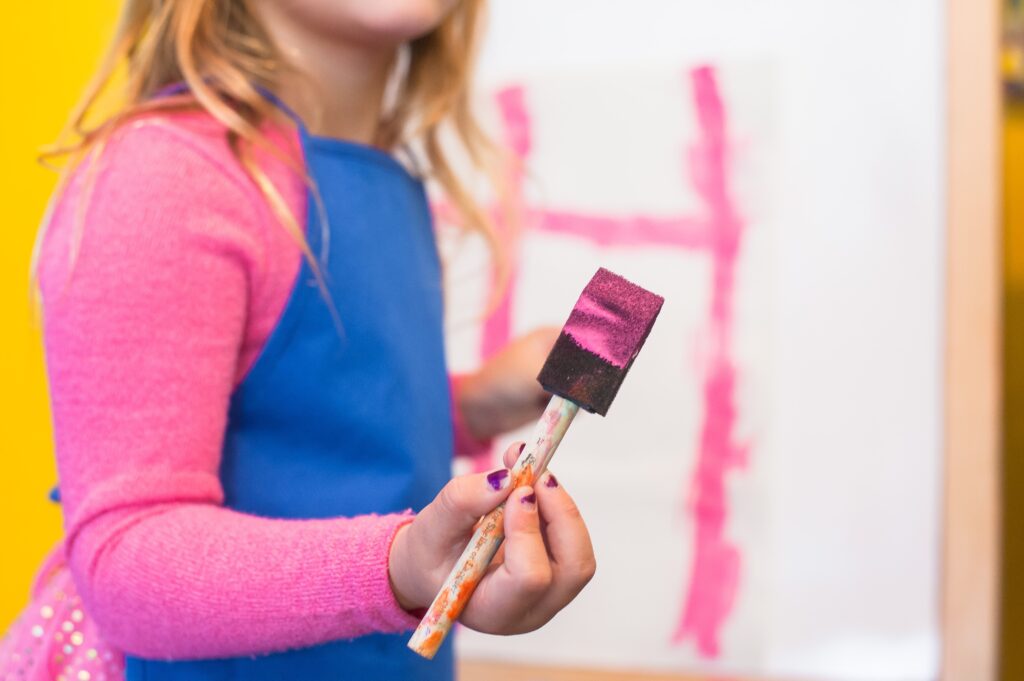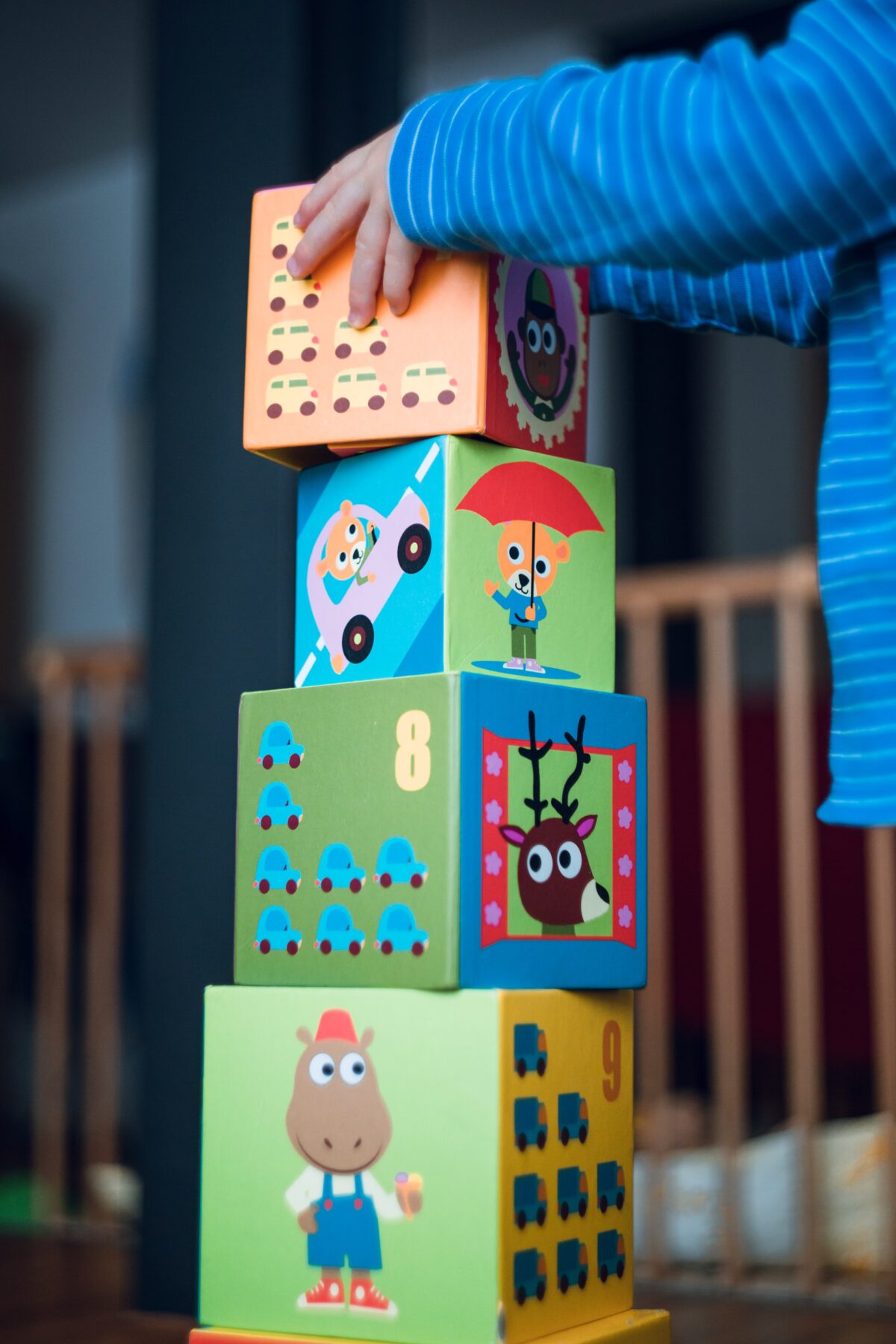There are different types of psychotherapy, but each is based on communication as a fundamental tool to bring about changes in the feelings and behaviors of a child or teenager in crisis.
The initial assessment is fundamental to clinically frame the problem brought, it will therefore be important to analyze the psychological and relational situation not only of the child, but also of the parents, who represent a fundamental work tool.
Initial meetings are then planned in the presence of both parents together with the child. This is followed by a second phase of encounters by the therapist only with the child.
At the end, there is a further joint interview with parents and child, to explain the child’s prevalent psychological issues in relation to the symptoms expressed and the meaning they assume within family relationships.
The tools used are play, drawing, conversation with the therapist, who is not only an observer, but actively interacts with all those involved from the beginning.
Particularly for children, playing, drawing, building and “pretending”, as well as talking, are important ways of sharing feelings, emotions and trying to solve problems.
Through therapeutic play, children relive certain traumatic experiences, this allows them, gradually, to relive them and to have greater control over them.
They discover important things about themselves, for example they can take charge of their anxiety and anger by finding new ways to act it in their daily behavior, they can understand their value even if in certain contexts they feel inadequate, or they can understand that the separation of parents is not their fault.
Through this methodology, therefore, it is possible to carry out a joint work with parents and children that serves to re-elaborate certain experiences and facilitate the relationship between them, using not only elements relating to the emotional and affective sphere, but also cartoons of concrete life, which are experienced and reviewed within the room in the presence of the therapist.
What are the problems most dealt with?
- States of anxiety (excessive fears of adult judgment and reprimands, worry of falling short, separation anxieties)
- Situations of emotional block (difficulty in expressing one’s cognitive and affective resources, inhibitions of various kinds)
Difficulties involving feeding (refusal of food, inordinate desire to eat, childhood obesity)
Manifestations of aggression (towards peers, towards children of different ages, towards one or both parents, towards a brother or sister, towards other adult figures, directed towards themselves) - More serious psychopathology disorders mainly concern Attention Deficit / Hyperactivity Disorder, dissocial behaviors, suicide attempt, psychotic breakups, etc.

What changes does Psychotherapy bring in children and adolescents?
- They receive emotional support,
- They learn to solve problems and conflicts with people,
- They learn to recognize their emotions and their problems
- They learn to find new solutions to old problems,
- They increase the development of the Self, the child/adolescent accepts to be himself.
The objectives of a therapy can be specific (behavioral change, improving friendships) or more general (reducing anxiety, increasing self-esteem, support during a loss).
The psychotherapist teaches parents how to respond therapeutically to their children so that the changes can be reinforced at home and the fundamental relationships of the child or adolescent in the family can also be stronger.
You can also check out this article about the 17 Benefits of Play Therapy for Children on BetterHelp.com.

